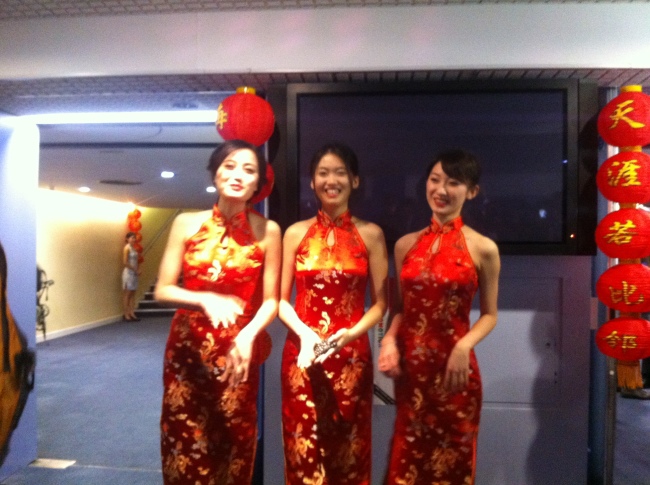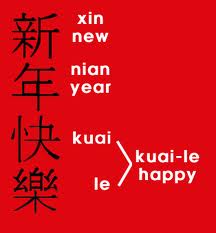
Learning About the Chinese New Year
Aka “ Lunar New Year”
Here are a few preliminary facts:
Dates : January 31, 2014 – February 6, 2014
Called : Year of the Horse
Celebrated : Anywhere there are significant Chinese populations. Ex. Mainland China, Hong Kong, Macau, Taiwan, Singapore, Thailand,Indonesia, Malaysia, Mauritius, Philippines It is also celebrated in various parts of London, but particularly in Chinatown, London. ( More to come on this in another post). (http://en.wikipedia.org/wiki/Chinese_New_Year).
Purpose: Is a time for good fortune and wealth for an individual and their family. This New Year celebration was traditionally done in to “honor deities as well as ancestors” . Some express that it is also a time to enjoy a time festivities with family . (The following come from Wikipedia as well as conversations I had with others at the festivities.)
My Chinese New Year Celebrations at the “China Dream” Chinese New Year Gala CSSA UK
Located at my University, Institute of Education

I felt lucky to be invited to an exclusive event from London Universities International Partnership in celebration of the Chinese New Year. I’ve always heard of the Chinese New Year celebration but didn’t really know what it was. As such, I did not know what to expect at this celebration. All I knew was that most of the program would be in Mandarin.
Upon arrival , I listened to two men do “crosstalk” comedy. Though the act was done in Mandarin, it was clear that the comedy was similar to slapstick comedy. Here is a similar link from youtube that depicts this.
Example : Two young boys do Crosstalk
The night followed an assortment of performances. Here are a few highlights:
1: I Listened to an rearrangement of the song “Dear friend” and a composed song called “ Goddess”. This performance was done using an instrument called an Er Hu.
To hear what an Er Hu sounds like
Other Performance Pictures :


2. During the intermission, there were three women wearing a dress in a design and pattern that I was very familiar with. However, while there, it dawned on me that I did not know the name of this dress. Given that this dress has become popular fashion in the United States even among non-Chinese populations, I thought I would ask what the name of this dress was. I was told it is called a Cree Qipao. It is also called a Cheongsam.

According to a Wikipedia article, this dress originally become popular in the 1920’s by “socialites and upper class women”. Read more here
3. During the intermission, I also met another woman adorned in traditional dress. I was informed she was dressed in preparation for a “Pecking Opera” performance. It appears that I missed this part of the performance, so here is a short description I found online.
“Peking opera or Beijing opera is a form traditional Chinese theatre which combines music, vocal performance, mime, dance, and acrobatics”( read more here).
Below is the woman I met:

4. The rest of the evening was filled with an assortment of acts. There were breakdancers from Oxford University, dancers from Cambridge University , a pianist from the Royal Observatory of Scotland performing a type of tango, the Manchester Chinese Society performing an Eastern and Western influenced dance called “ Falling Petals” , a vocalist singing Kelly Clarkson’s “Stronger” and a variety of other traditional Mandarin vocalists.
University of Cambridge Performers


Some Thoughts
The various performances allowed me to “open” my ears to different types of tones and sounds in speech and song. Given that I did not understand the language, I relied heavily on following body language. I found that I was able to find “meaning” in some of the expressive body language when the performers were singing or joking. In a room filled with at least 500 people who understood Mandarin, it was interesting to see the crowds’ excitement and appreciation of the festivities. Though I could not share in the meaning of the jokes, the pride in the air was unmistakable. This has been yet another experience in London that has opened my understanding about the complexity and beauty of human diversity.
More to come soon….













































